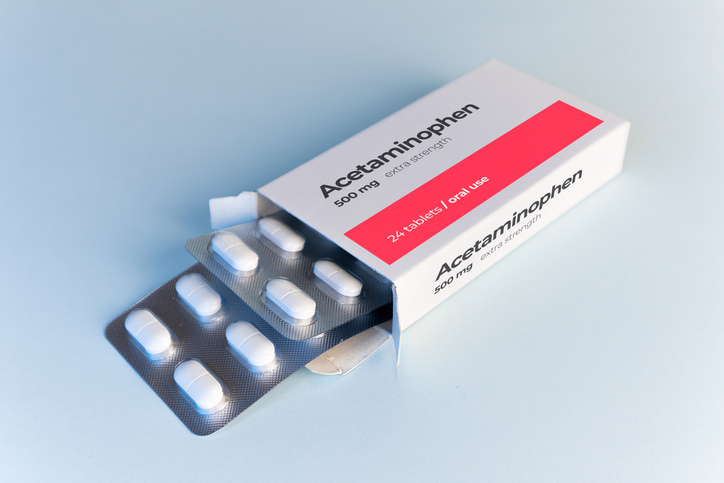
Different statins may shift the onset of musculoskeletal adverse events (MAEs) during statin monotherapy, researchers recently reported.
For the study, researchers collected data from the U.S. Food & Drug Administration (FDA) Adverse Event Reporting System (FAERS) Data Files. They evaluated the onset timing of musculoskeletal adverse events during statin monotherapy with seven statins: atorvastatin, rosuvastatin, simvastatin, lovastatin, fluvastatin, pitavastatin, and pravastatin. They also analyzed the use of concomitant drugs in conjunction with statin therapy to determine what role they played—if any—in MAE onset time.
Researchers found the highest number of available cases for evaluation of atorvastatin monotherapy (454 cases), followed by rosuvastatin (413 cases), simvastatin (409 cases), pravastatin (82 cases), lovastatin (34 cases), fluvastatin (29 cases), and pitavastatin (16 cases). Pitavastatin had the shortest median time-to-onset for MAEs (14 days), followed by atorvastatin (24.5 days), rosuvastatin (30 days), simvastatin (38 days), pravastatin (43 days), fluvastatin (45 days), and lovastatin (48 days). Atorvastatin and rosuvastatin were associated not only with a high risk of MAE onset but also with a significantly faster onset of MAEs than simvastatin. There were not enough available data to compare onset time of MAEs in other statins.
There were data available on 24 different individual drugs used concurrently with atorvastatin in at least 30 cases, and the most common drug was aspirin. Compared to atorvastatin alone, lisinopril was associated with the shortest time-to-onset of MAEs (3 days), and losartan was associated with the longest time-to-onset of MAEs (74 days). The difference was not statistically significant when comparing time-to-onset of MAEs between atorvastatin monotherapy and atorvastatin with the 24 concomitant drugs.
The study had several limitations, including that it did not include data from prior to 2004. Therefore, data from a study conducted in 2004, which focused on statin use prior to 2001, were not included in this analysis. The present study also only considered four MAEs: rhabdomyolysis, myoglobinuria, myalgia, and blood creatine phosphokinase increased. Finally, researchers could not evaluate changes in onset timing of MAEs attributable to statin dosage.
“Statins with strong low‐density lipoprotein cholesterol‐lowering effects (atorvastatin and rosuvastatin) contributed not only to a high risk of MAE onset, but also to a shorter time‐to‐onset. No concomitant drug significantly shifted the onset timing of MAEs when used concurrently with statins,” the study authors concluded.
Report: Long-term Statin Use Remains Safe, With Low Risk for Adverse Events
Early Statin Use Yields Attenuated CAV Progression, Risk Reduction
Perceptions of Cardiovascular Risk and Beliefs on Statin Drugs with Racial Differences in Statin Use
Source: British Pharmacological Society







 © 2025 Mashup Media, LLC, a Formedics Property. All Rights Reserved.
© 2025 Mashup Media, LLC, a Formedics Property. All Rights Reserved.